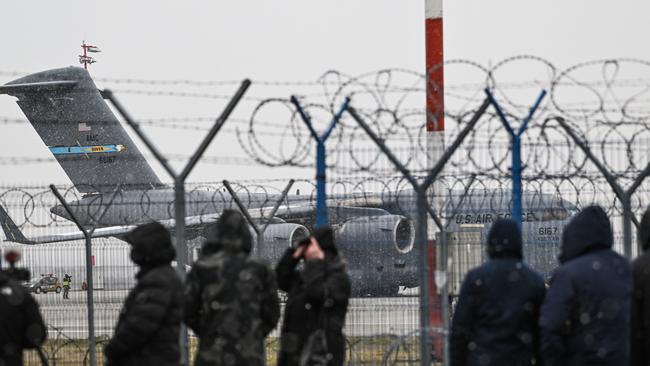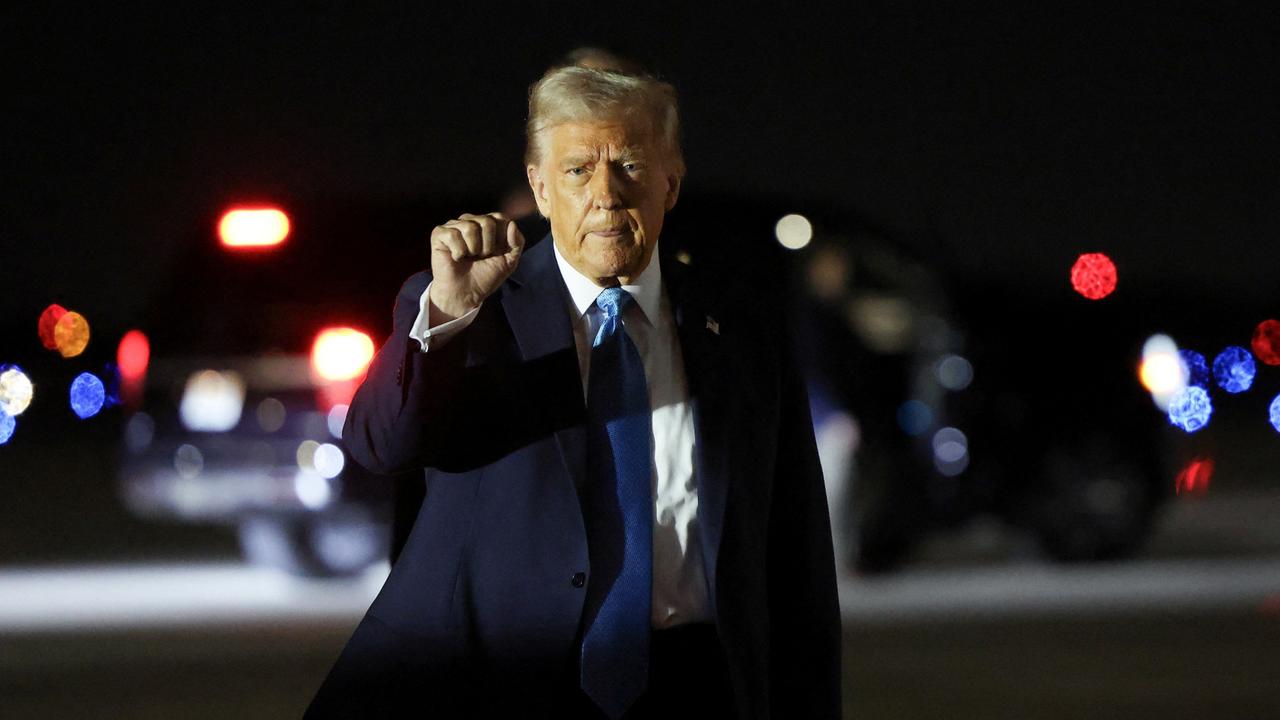US Russian aircraft flew perilously close to each other amid Ukraine tensions
US and Russian military aircraft flew dangerously close to each other in three separate weekend incidents over the Mediterranean Sea, including one in which the planes passed within 2m.

US and Russian military aircraft flew dangerously close to each other in three separate weekend incidents over the Mediterranean Sea, including one in which the planes passed within 2m, Pentagon officials said.
The incidents, which occurred in international airspace on Friday and Saturday, involved Russian Su-35 jet fighters crossing into the flight paths of US Navy P-8A surveillance aircraft.
The encounters come amid heightened tensions between the U.S. and Russia over Moscow’s buildup of military forces near Ukraine, with the Biden administration warning that a Russian attack could come any day.
Russia’s Defense Ministry said that its forces detected a U.S. submarine in Russian waters off the Kuril Islands in the Pacific on Saturday and used unspecified “appropriate means” to drive off the sub. A spokesman for the Navy’s Indo-Pacific Command denied that a U.S. sub was operating in Russian territorial waters.
The Pentagon assessed two of last weekend’s midair encounters as unsafe and the third as unprofessional, the officials said.
“We have made our concerns known to Russian officials through diplomatic channels. While no one was hurt, interactions such as these could result in miscalculations and mistakes that lead to more dangerous outcomes,” Pentagon spokesman Navy Capt. Mike Kafka said.
A P-8a is a maritime patrol aircraft, largely used to conduct surveillance, that can travel slower than commercial aircraft. A Russian Su-35, by contrast, is a jet fighter that flies roughly three times faster and is designed to launch offensive weapons.
U.S. military officials have long feared that close encounters in the air could have unintended deadly consequences. The U.S. considers several factors before it deems another nation’s air maneuvers unsafe or unprofessional, including the distance between the aircraft, their speed and communications between pilots.
“The results could be catastrophic. The Russians encourage their pilots to do this because they know our default setting is to be professional and to be disciplined,” said retired Lt. Gen. Ben Hodges, former commander of U.S. Army forces in Europe. “They are trying to re-establish where the fence lines are.”
The incidents were the first such dangerous interactions between Russian and U.S. aircraft since 2020, the officials said.
At that time, the same aircraft involved in the recent encounters also engaged in similar dangerous interactions during a two-month period over the Mediterranean. Two Russian aircraft also flew near a U.S. Air Force B-52 bomber operating over the Black Sea.
Those encounters occurred amid tense U.S.-Russia relations over concerns about alleged Russian interference in U.S. elections, suspected Russian bounties to fighters who injured U.S. troops in Afghanistan and tensions in Syria.
Wall Street Journal


